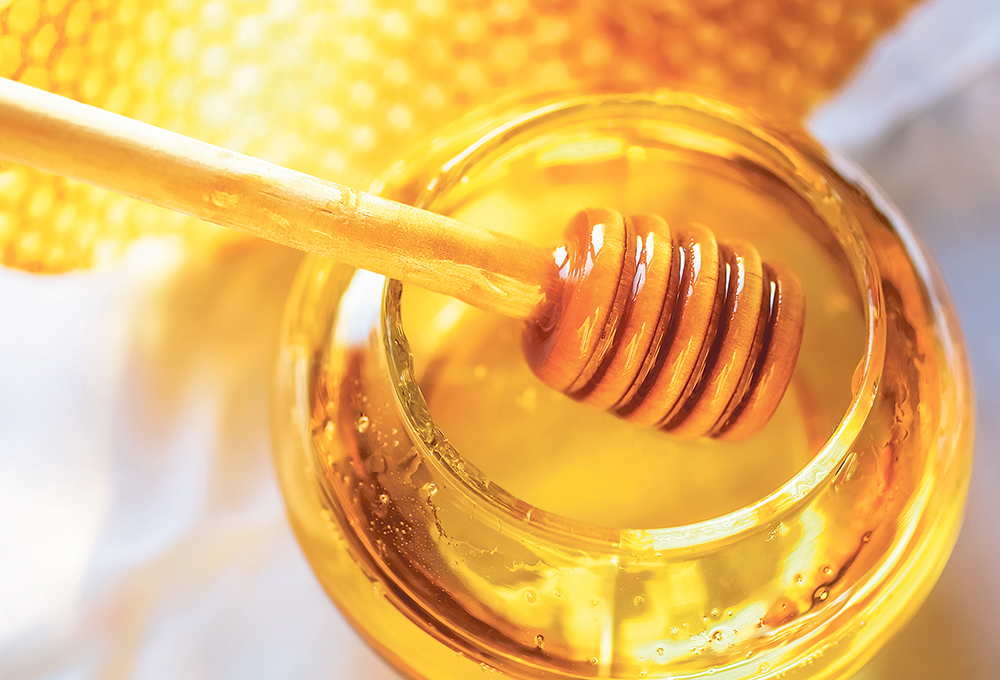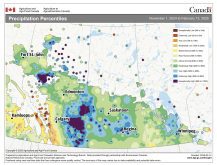The Canadian sector has placed much emphasis on finding ways to lessen its reliance on exports to the United States
In 2020, Japan quietly became the largest market for Canadian honey.
Canadian honey producers sold $23.7 million in honey to Japan that year. Sales to the United States were a close second at $19.3 million.
The export figures were unusual because the U.S. has been for years the most important destination for Canadian honey.
In 2017, Canada exported $77 million worth of honey and $61 million was sold to U.S. customers.
Several years ago, some beekeepers realized their industry was too dependent on America and they decided to act.
Read Also

Exports off to a slow start after last year’s torrid pace
Canadian grain, oilseed and pulse exports are off to a slow start, but there are some bright spots, according to the Canadian Grain Commission’s most recent weekly export data report.
“It’s been the emphasis of the honey council to urge producers to look at alternate markets,” said Rod Scarlett, executive director of the Canadian Honey Council, from his office near Edmonton.
“Although the U.S. is the easiest market to get into, you cannot put all your eggs in one basket.”
Some beekeepers listened to that advice and have been selling honey directly to customers in Japan. Most of the buyers are Japanese honey packers, who re-pack Canadian honey and sell it to grocery stores and retailers.
“It’s almost like a luxury item (in Japan), but not quite,” Scarlett said.
“It’s (mostly) honey on the store shelves.”
The Japanese market is appealing because consumers are willing to pay a premium price for honey. Plus, it’s not America, where protectionism is an ongoing risk.
Recently, the U.S. International Trade Commission ruled that honey imports from Vietnam, Brazil, Argentina and India are damaging the American honey industry.
The U.S. government accused exporters of dumping honey into America, which means selling at below market value, and imposed anti-dumping duties on a list of companies.
The American Honey Producers Association, which lobbied the federal government to crack down on the dumping, praised the trade commission for its decision.
“This is an important additional finding, and one that the commission rarely makes,” the AHPA said. “These results should continue to ensure that the American honey producer gets the fair prices they deserve.”
Canadian honey producers should benefit from the ruling because American importers will look to Canada as an alternate source of honey.
America is the biggest market in the world for honey exporting countries because U.S. beekeepers don’t produce nearly enough to supply the domestic market. U.S. Department of Agriculture data from 2020 shows that:
- American beekeepers produced around 150 million pounds of honey.
- The U.S. imported 433 million lb. in 2020.
The market is huge but there’s a persistent threat that the Americans could impose non-tariff trade barriers or other restrictions on Canadian honey to protect U.S. beekeepers.
Hence the need to develop other markets.
“The Canadian industry has been working with a number of export markets to diversify and grow export sales volumes and price premiums resulting in changes in export patterns,” Agriculture Canada says in an overview of the honey industry.
The honey council is targeting Southeast Asia, including Indonesia, the Philippines and Vietnam, as potential markets for Canadian exports.
“The growing middle class in all of those countries… all (represent) tremendous opportunities,” Scarlett said.
Honey council representatives will travel to Indonesia next fall to take part in a trade show in Jakarta and promote Canadian honey in the region.
It will take time, and repeated trips to Asia, to increase honey sales in new markets.
But with the rise of non-tariff trade barriers and more countries using that tool to protect their farmers and food sectors, Canadian beekeepers can’t rely upon one or two countries to buy their product.
If one country closes its doors, beekeepers need several other countries that still want Canadian honey.
It will require a shift in thinking to build those new markets because beekeepers have historically focused on America, Scarlett said.
“This is all new for this industry, to get into those (other) countries.”


















